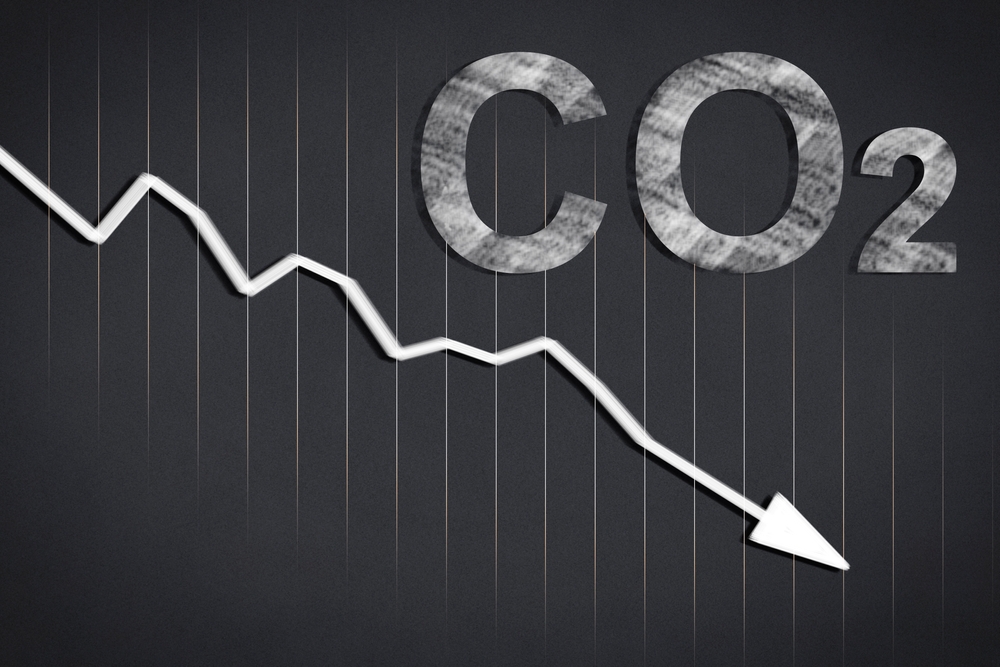Energy Efficiency, GHG Emissions, Industrial - September 30, 2024
Smithfield Foods Adopts New GHG Reporting
Packaged meats and fresh pork products producer Smithfield Foods established a new GHG reporting framework based on significant changes to the company's operational footprint, improved data collection and reporting capabilities, and changes to the company's GHG calculation methodology.
"Smithfield was the first major company in our industry to adopt and report a comprehensive sustainability program more than 20 years ago, and we're proud of our continuing track record in environmental stewardship," said Stewart Leeth, chief sustainability officer for Smithfield Foods, in a statement. "This new framework will provide production-based metrics for our customers to better understand the environmental impact of the food they trust us to produce."
Current GHG accounting rules under the Greenhouse Gas Protocol require companies to recalculate their baseline GHG footprint when there are significant changes in operational structure and calculation methodology.
Smithfield's footprint has changed significantly as it has streamlined and optimized operations to focus on the North American market. These changes include the carve-out of its European operations, closure of a large manufacturing facility in California, addition of new manufacturing facilities in Ohio and Tennessee, and the reduction of farm operations in Missouri, Utah, Arizona, California and the East Coast that has reduced the company's hog production output by nearly 20%.
Data collection, analysis and reporting capabilities have also vastly improved since Smithfield originally established a 2010 baseline.
Smithfield's new reporting framework will utilize the improved data to calculate its GHG inventory in alignment with the Greenhouse Gas Protocol, the international standard for GHG accounting. The company's framework centers on two areas: methane capture on farms and GHG intensity.
Methane capture: Smithfield will report the total amount of methane (metric tons of CO2e) captured on its company-owned and contract farms.
GHG intensity: Smithfield will report metric tons of CO2e emitted per hundredweight, or 100 pounds of product produced.
Smithfield continues its work in methane capture and manure-to-energy conversion with its joint venture partners Monarch Bioenergy and Align RNG. The company co-founded these ventures in 2018 to develop biodigester projects that capture methane from manure on farms and convert it to clean, renewable energy.
Smithfield and its biogas joint venture partners have captured more than 3.5 million dekatherms (MMBtu) of methane, or 1.37 million metric tons of carbon dioxide equivalent (MMTCO2e), on farms since 2019 and expect to capture an additional 20 million MMBtu (7.84 MMTCO2e) by 2035.
Read These Related Articles:
Stay Up-To-Date












